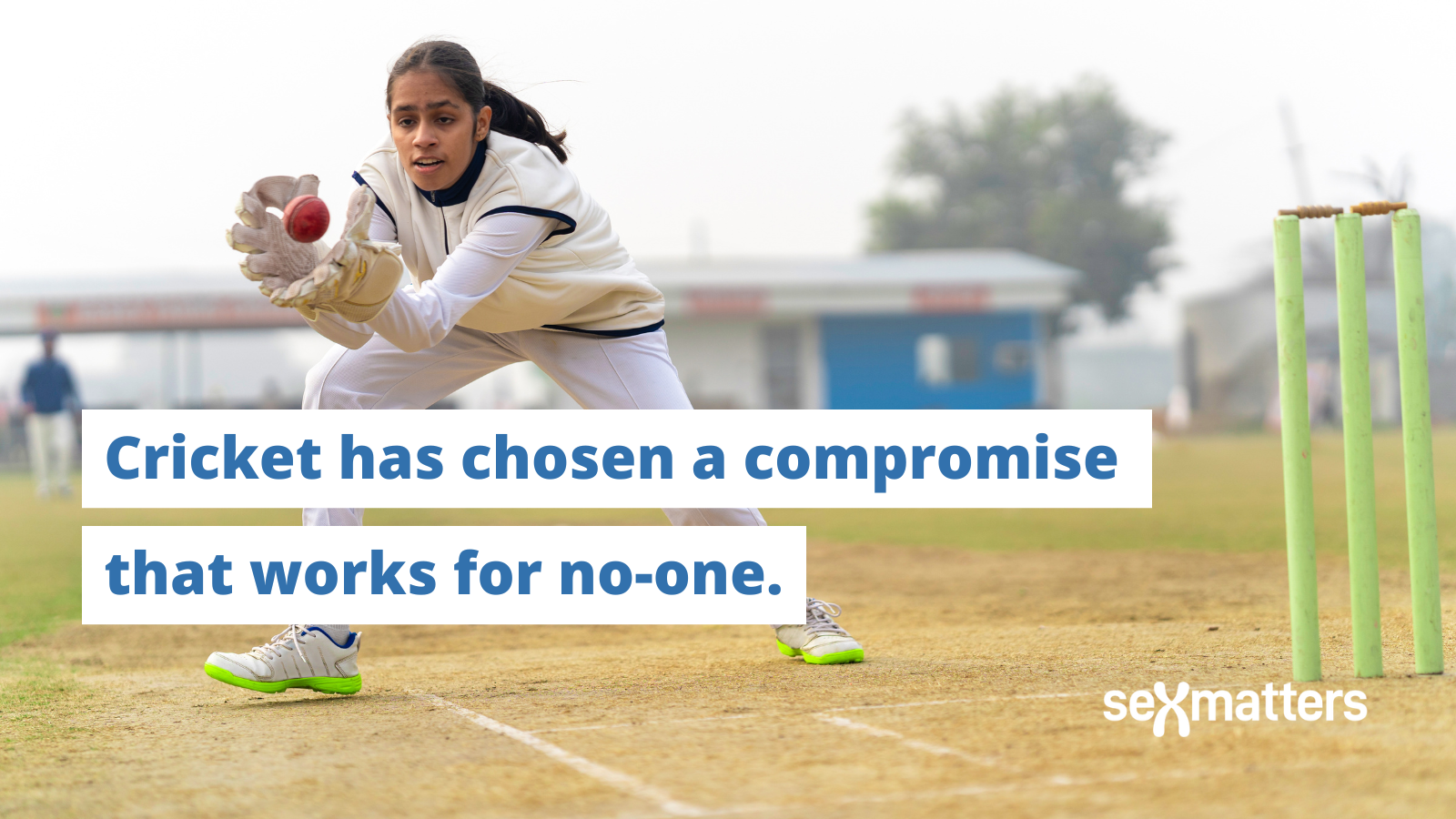Cricket, where male feelings come first

A fudged decision that serves no one
The England and Wales Cricket Board (ECB) is the highest-profile national governing body in UK sport to declare that, in effect, male feelings matter more than women’s safety and fairness. That is the implication of its new two-tier policy, which protects the women’s game at the top end but maintains the ECB’s previous self-ID policy for everyone else.
This is not inclusion. This is female exclusion. The ECB has known for some time that young female players are being dropped for their own safety, or withdrawn by their parents, when their team is facing an opposing women’s team that includes an adult male who has self-identified as a woman. Coaches and parents have been making their concerns known to the ECB for the past 18 months. A year ago the International Cricket Council (ICC) announced that its policy will now restrict women’s teams to those born female. Still the ECB did not act.
The ECB announced its revised policy last week. It seems to have done so reluctantly, not because this is the fair, safe option but because it has been forced to align the top end of cricket with ICC policy.
The new policy offers a compromise that works for no-one. Women and girls will still face male players when they should not. Those male trans-identifying players will not be able to progress, because the top tier of the women’s game is restricted to those born female. This creates the novel situation of a glass ceiling for teenage boys in particular. They look talented when playing with girls, but there is no pathway onwards. If they switch to the men’s game, where they always should have been, they may be disappointed that they’re not stars after all. So they will stick around, in women’s cricket, with their male advantage intact.
The Sports Councils Equality Group stated unequivocally in its revised transgender guidance, published in 2021, that the inclusion of males in the women’s category cannot be “balanced” with fairness, nor in some sports safety, if the sport is “gender-affected”, as cricket is. The range of solutions offered by the guidance did not include allowing male players into the women’s category without restriction, as the ECB was doing.
Instead of recognising that its self-ID policy had to go, the ECB has split its own sport. Having given away the women’s game to men who say they are women, the ECB is unwilling to give it back to women. Its change may have been prompted by the ICC but other sports are also approaching their policy review as a negotiation, in which they listen to both sides and choose some middle ground.
This is not how sport policy should be made. Some people would like to allow doping but the rule is black and white: no doping, for anyone. The expectation is that people will comply with this rule despite the lack of facilities to ensure compliance at amateur levels. Similarly with age restrictions: they are non-negotiable. But here we have safety and fairness for women and girls pitted against affirming the beliefs of some men that they are women. The ECB prefers to put women and girls at risk rather than adopt a policy that might hurt a few men’s feelings.
